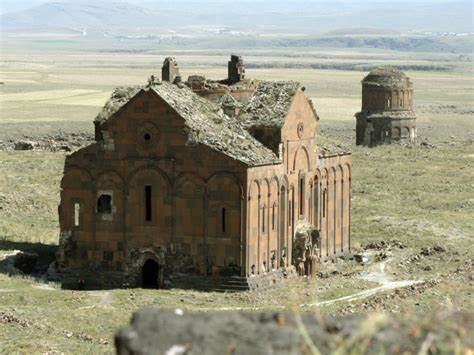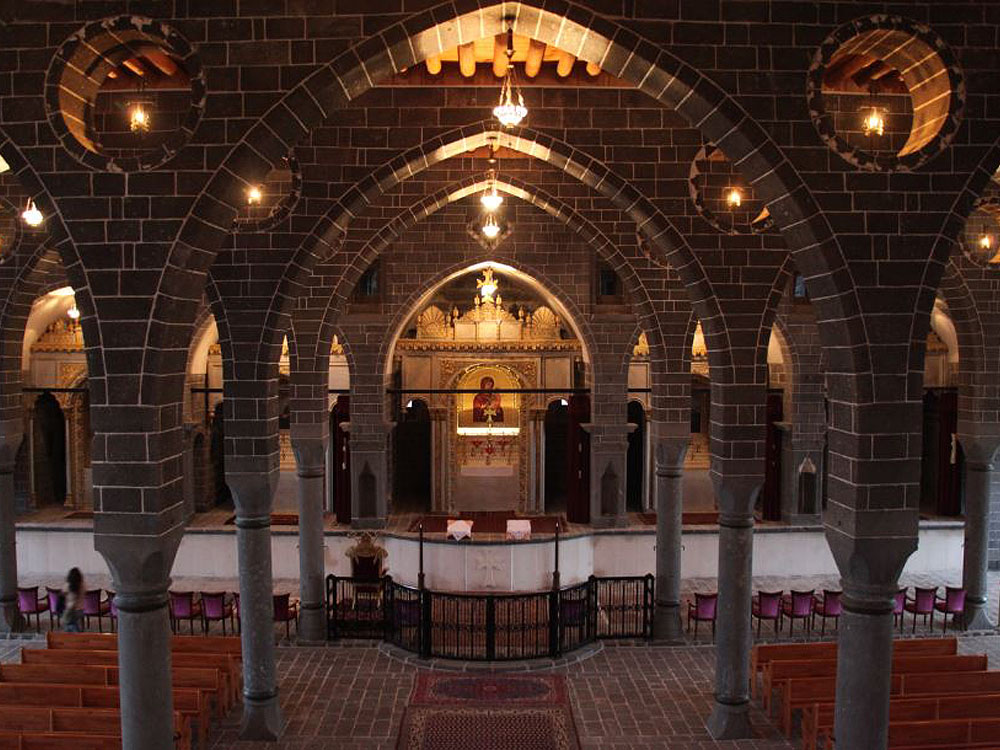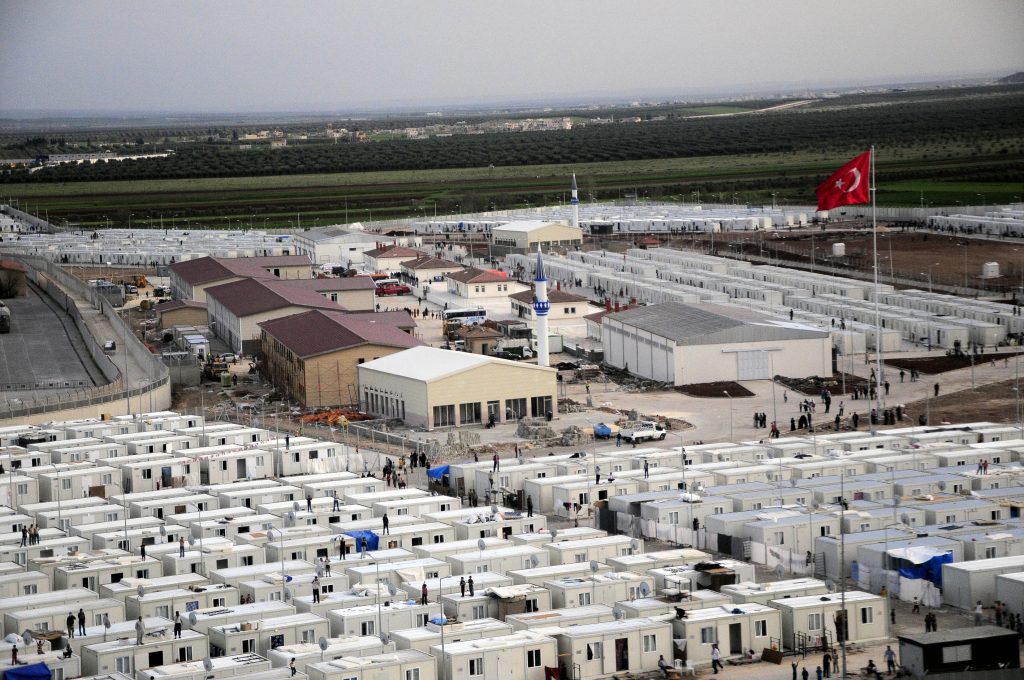This past week I had the great opportunity to tour new places through Out of Eden on the National Geographic website. Out of Eden’s Paul Salopek is a American journalist who has traveled over 20,000 miles in Asia and Africa. Salopek’s odyssey gives viewers a look at historical sites, current conditions of regions and stories of people that live nearby. I toured southern and eastern regions of Turkey and Georgia in Asia.
As a history major, I wanted to visited these areas because these regions are home to some of the world’s oldest civilizations. One spot that was rich in ancient history was Ananauri 3 in Georgia. Ananauri 3 is a Bronze age grave site which was home to the Martkopi and Bedeni peoples. Archaeologist Zurab Makharadze and team were able to find human remains and other items that can be traced back to over 4,000 years ago. Preserved berries, hazel nuts and jewelry were found in the graves along with the deceased.
The most fascinating observation I found was how the ancient people prepared the dead for the “after life”. They covered berries, nuts and other organic items with honey. Honey helped preserve the food for years up to the present. When Makharadze’s team found the berries and nuts completely saved from environmental elements. It was common for important deceased people to be covered in honey which is called mellification. Like the Egyptians, this was to prepare them for the life after death.
Another placed I viewed was Ani. Ani is a ruined medieval city in eastern Turkey. Ani was a important and largely populated city of Armenian society. Today the area is mostly of ruins of medieval buildings and cathedrals. Ani was the site of one of the world’s most known genocides. During World War I (WW1), the Turkish led Ottoman government and Kurdish forces murdered thousands of Armenians in Ani and surrounding areas. Armenians were ethic and religious minority in the empire that were suspected of crimes against the government.
The Armenian genocide is still a sensitive topic in world politics. Many nations still do not formal recognize the event as a genocide. However, within Turkey there have been attempts of reconciliation. Sourp Giragos is a church in Diyarbakir and is the largest Armenian church in the Middle East. It is newly renovated and is located on a site of the Armenian genocide. It is symbol of Armenian culture and heritage in the region.
Finally, I saw the city of Kilis, Turkey. The city sits near the Turkish-Syrian boarder and has is recent years experienced a population boom. The ongoing Syrian civil war has led to thousands of Syrian refugees to settle in Kilis refugee camp. The camp has been viewed as a model refuge camp that provides clean housing and access to markets. However, as the Syrian civil war wages on and more middle east conflicts emerge, more refugees have settled in Kilis for protection and a new life.
My first interaction with Out of Eden was a great experience. This source is great tool to use in the classroom and to expose students to other parts of the world. To view other locations on Salopek’s odyssey click here.
Like always, thank you for reading my post. Please follow me on twitter @JoshuaM56704430 regarding other educational technology tools.


